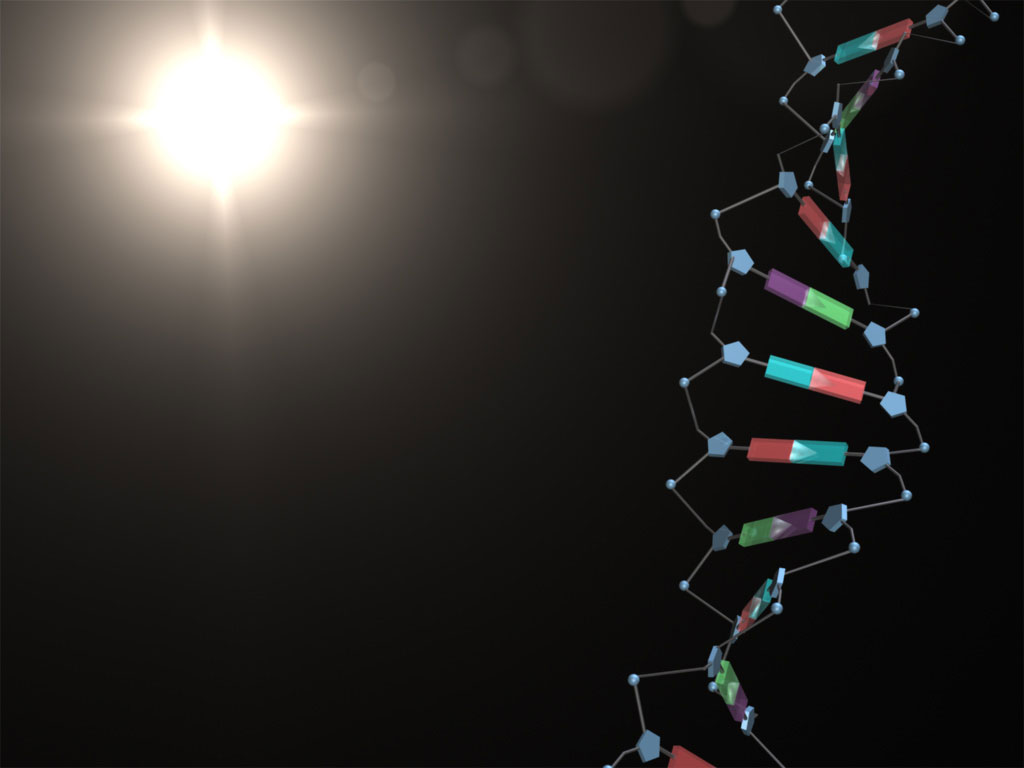Birds and insects are not the only ones migrating – genes do too. Wouter Meuleman showed how genes are turned on or off upon relocalisation in the cell nucleus.
The human genome may be fully sequenced, but how this large amount of DNA – two meters in length – is stored in the small confinement of a 6-millimetre in diameter nucleus largely remains a mystery. And so too is the reason why it is being stored in the way it is. These mysteries fascinate Wouter Meuleman, a ‘computational biologist’ who will defend his PhD thesis about these topics later this month at the faculty of Electrical Engineering, Mathematics and Computer Science.
“It was already known that genes situated at the outer edges of the nucleus are less active than the ones situated in the middle,” says the researcher who performed most of his work at the Netherlands Cancer Institute. “What we have been able to do is to map with much higher resolution (1000 base pairs) the strands of DNA that either migrate away from or towards the nuclear membrane.”
Meuleman and his colleagues experimented with human embryonic stem cells, among others, and published their findings a couple of years ago in ‘Nature’ and ‘Molecular Cell’. Having been cited nearly 300 times since then, their two articles have had quite an impact in the field of molecular biology.
Using many different genetic and computational tools, the scientists followed the changes in the nucleus as the cells differentiated into either neuronal stem cells or astrocytes. The latter are cells that biochemically support neurons. “During this differentiation process, strands of DNA that are of particular importance for the specific type of cell move towards the centre.”
Although the researchers found many differences between different cell types, they also discovered that around 70 percent of the genome is organized the same way in all cells. “What’s more, the way chromosomes are organised in cell nuclei also seems to be highly similar between humans and mice,” says Meuleman, who believes they’ve found a kind of basal chromosome architecture. “And that’s stunning, since these species are separated in evolution by more than 75 million years.”
De pasfoto verwisselen en de paraaf vervalsen is alles wat nodig is om ‘gepensioneerde toezichthouders’ bij tentamens om de tuin te leiden, zeggen de Windesheim-studenten vanmorgen in De Telegraaf. Om een geldig legitimatiebewijs wordt niet gevraagd.
Proefpersonen die ze op pad stuurden konden bij verschillende opleidingen toetsen maken zonder te zijn opgemerkt. Het bestuur van Windesheim is geschrokken van het bericht. Het overweegt het toezicht te verscherpen.
De wisseltruc is niet van vandaag of gisteren. Hoeveel universiteiten en hogescholen hun studenten wel om een geldig legitimatiebewijs vragen is niet bekend. Volgens de HBO-raad gelden er geen landelijke regels, omdat het nogal uitmaakt of er vijftien studenten tentamen doen of honderden. De Avans Hogeschool vraagt standaard om legitimatie.
Kamerlid Boris van der Ham van D66 gaat er vragen over stellen aan de staatssecretaris.



Comments are closed.